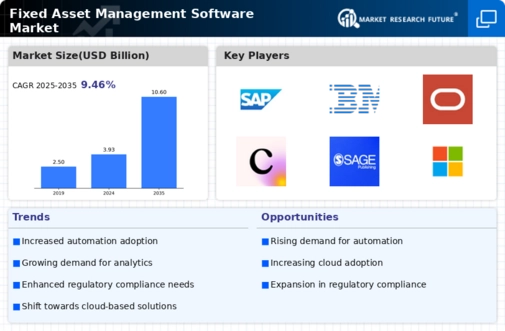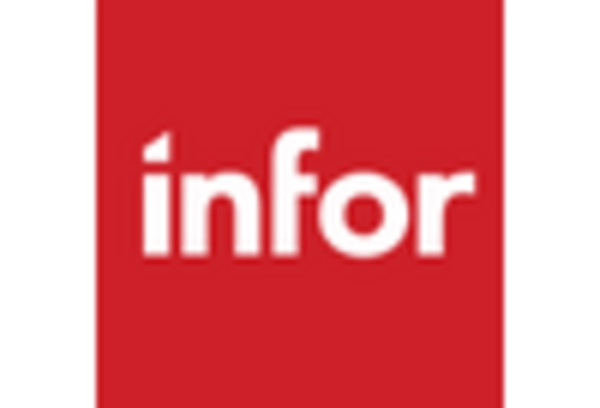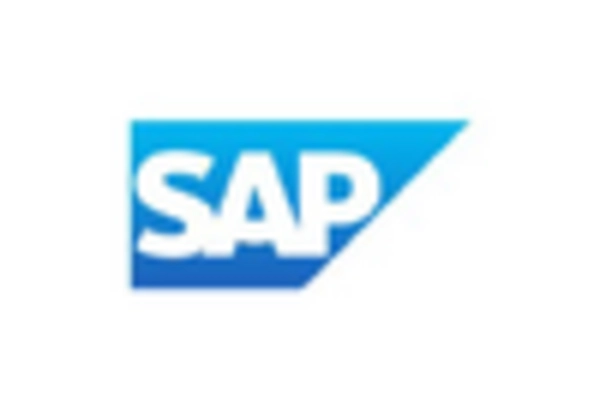Market Trends
Key Emerging Trends in the Fixed Asset Management Software Market
The Fixed Asset Management Software market is a dynamic and rapidly growing industry that provides organizations with efficient tools to manage and track their fixed assets. Fixed assets, such as buildings, equipment, and vehicles, are critical assets for businesses, and effective management of these assets is crucial for optimizing their utilization and ensuring regulatory compliance.
One of the key market dynamics in the Fixed Asset Management Software market is the increasing adoption of cloud-based solutions. Cloud-based software offers numerous advantages, including easy accessibility, scalability, and cost-effectiveness. With cloud-based fixed asset management software, organizations can access their asset data from anywhere, collaborate in real-time, and benefit from automatic updates and backups. The demand for cloud-based solutions is driven by the need for flexibility and the growing trend of remote work.
Another significant dynamic is the integration of Internet of Things (IoT) technology into fixed asset management software. IoT devices, such as sensors and RFID tags, can be used to track and monitor assets in real-time. This enables organizations to have accurate and up-to-date information about the location, condition, and usage of their assets. The integration of IoT technology enhances asset visibility, reduces manual data entry, and improves asset maintenance and lifecycle management.
The market is also witnessing a trend towards mobile-friendly solutions. With the increasing use of smartphones and tablets in the workplace, organizations are seeking fixed asset management software that can be accessed and used on mobile devices. Mobile-friendly software allows users to perform asset-related tasks, such as asset tracking, maintenance scheduling, and inventory management, on the go. The demand for mobile-friendly solutions is driven by the need for convenience and productivity.
Moreover, the market is experiencing a shift towards predictive analytics and artificial intelligence (AI) capabilities in fixed asset management software. Predictive analytics uses historical data and AI algorithms to forecast asset maintenance needs, identify potential issues, and optimize asset performance. These capabilities help organizations proactively manage their assets, reduce downtime, and avoid costly repairs. The integration of predictive analytics and AI into fixed asset management software is driven by the need for data-driven decision-making and improved asset performance.
Additionally, the market is witnessing the integration of fixed asset management software with enterprise resource planning (ERP) systems. The integration of these software solutions enables organizations to streamline their asset management processes, eliminate data silos, and gain a holistic view of their assets and financials. Integrated solutions provide organizations with better visibility, efficiency, and accuracy in managing their fixed assets. The demand for integrated fixed asset management software is driven by the need for seamless data flow and process automation.
In terms of geographical dynamics, North America currently dominates the Fixed Asset Management Software market, owing to the presence of major technology players and a mature business environment. However, the Asia-Pacific region is expected to witness significant growth in the coming years, driven by the increasing adoption of digital technologies, rapid industrialization, and growing investments in infrastructure.

















Leave a Comment